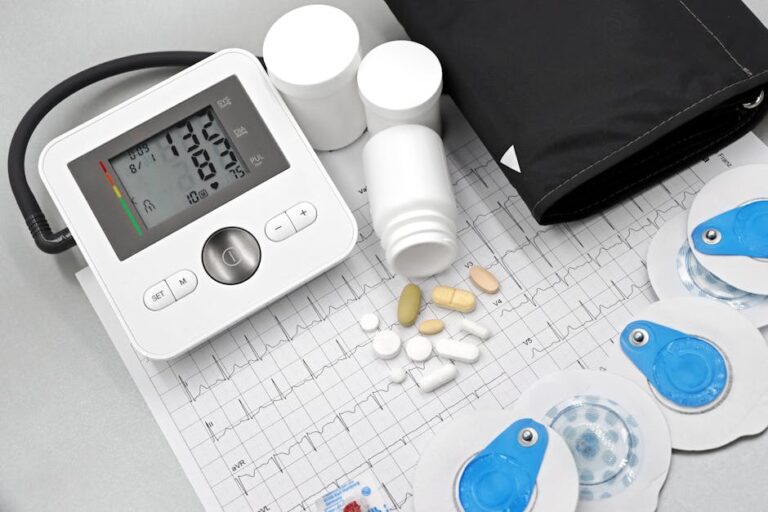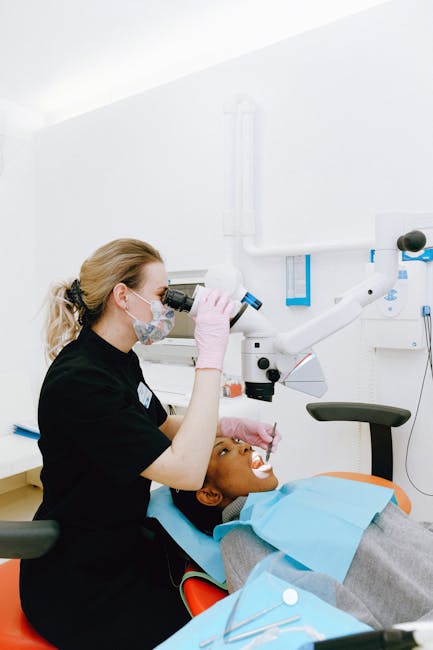Prostate Exam Age: When Should Men Start Getting Checked?
Understanding Prostate Exams and Age
The prostate gland, a walnut-sized organ in men located below the bladder, plays a crucial role in the reproductive system. As men age, the risk of prostate problems increases significantly, highlighting the importance of regular prostate exams. But at what age should men begin getting screened? This is a question that many men, and their healthcare providers, grapple with. There’s no single definitive answer, as the ideal age for starting prostate screenings depends on various factors, including family history, ethnicity, and overall health.
The Importance of Early Detection
Early detection of prostate cancer, benign prostatic hyperplasia (BPH), or other prostate conditions is critical for better treatment outcomes. The earlier a condition is diagnosed, the more options are available for effective management, often leading to improved quality of life and increased longevity. While some prostate conditions are asymptomatic in their early stages, regular screenings can identify potential problems before they become serious.
Factors Influencing Prostate Exam Age
Several factors influence when a man should begin receiving prostate exams. Let’s examine them in detail:
1. Family History
A strong family history of prostate cancer, particularly in close relatives (father, brother), significantly increases a man’s risk. If you have a family history of prostate cancer, your doctor might recommend starting screenings earlier than the general guidelines suggest. This might involve discussions starting in your 40s, even earlier in some cases.
2. Ethnicity
Ethnicity plays a role in prostate cancer risk. African American men have a higher incidence of prostate cancer and tend to be diagnosed at younger ages and with more aggressive forms. This factor can lead to earlier screening recommendations for African American men compared to other ethnic groups.
3. Personal Health History
Certain health conditions and lifestyle choices can influence prostate health. For example, men with a history of diabetes, heart disease, or obesity may have an increased risk of prostate problems. These pre-existing conditions might warrant earlier and more frequent prostate screenings.
4. Symptoms
The appearance of certain symptoms, such as difficulty urinating, weak urinary stream, frequent urination, especially at night (nocturia), or blood in the urine, necessitates immediate medical attention. These symptoms could indicate various prostate issues, irrespective of age. If you experience any of these, consult a doctor without delay.
Types of Prostate Exams
Several types of prostate exams are used to assess prostate health. These include:
1. Digital Rectal Exam (DRE)
This is a common and relatively simple exam where the doctor inserts a gloved, lubricated finger into the rectum to feel the prostate gland. The DRE allows the doctor to assess the size, shape, and consistency of the prostate, detecting any abnormalities. While not a diagnostic test in itself, a DRE can often indicate the need for further investigation.
2. Prostate-Specific Antigen (PSA) Test
The PSA test measures the level of prostate-specific antigen in the blood. PSA is a protein produced by the prostate gland. Elevated PSA levels can indicate prostate cancer or other prostate conditions, but it’s crucial to remember that PSA levels can also be elevated due to benign conditions like BPH. The PSA test is often used in conjunction with a DRE to provide a more comprehensive picture of prostate health.
3. Prostate Biopsy
If abnormalities are detected during a DRE or PSA test, a prostate biopsy might be recommended. This involves removing small tissue samples from the prostate for microscopic examination. A biopsy is the definitive way to diagnose prostate cancer.
4. Transrectal Ultrasound (TRUS)
TRUS uses sound waves to create images of the prostate gland. It’s often used in conjunction with a biopsy to guide the needle to the specific areas of the prostate that need sampling.
Recommended Screening Guidelines
While there’s no universally agreed-upon age for starting prostate screenings, several organizations offer guidelines. These guidelines should be considered a starting point, and individual circumstances should always be taken into account. A discussion with your doctor is crucial to determine the best approach for your specific situation. Many healthcare professionals recommend beginning discussions about prostate health and screening options around age 40, especially for men with risk factors. Regular screenings are generally advised for men over 50, even if they’re asymptomatic.
The Importance of Discussion with Your Doctor
The decision about when to start prostate screenings is a personal one, and should always be made in consultation with your doctor. Your physician will consider your individual risk factors, medical history, and preferences to create a personalized screening plan. Open communication with your doctor is crucial to ensuring you receive appropriate and timely care.
Addressing Concerns and Misconceptions
Many men have concerns and misconceptions about prostate exams. Understanding these concerns can help alleviate anxieties and encourage proactive engagement with prostate health. Some common concerns include the discomfort of the DRE, the potential for false positives with PSA tests, and the potential side effects of prostate cancer treatments. These concerns should be openly discussed with your doctor, who can provide accurate information and address any anxieties.
Maintaining Prostate Health
While regular screenings are important, maintaining a healthy lifestyle can contribute to overall prostate health. A balanced diet rich in fruits, vegetables, and whole grains, regular exercise, and maintaining a healthy weight can reduce the risk of prostate problems. Quitting smoking and limiting alcohol consumption are also important steps in promoting prostate health.
Conclusion
The question of “Prostate Exam Age” doesn’t have a simple answer. It’s a complex issue that requires a personalized approach based on individual risk factors and a discussion with your doctor. While guidelines exist, they are not a substitute for informed medical advice. Early detection is key to effective management of prostate conditions, and proactive engagement with your healthcare provider is crucial for maintaining good prostate health throughout your life. Regular discussions, starting ideally around the age of 40 or 50, are vital for ensuring tailored preventative care and early intervention should any issues arise.






